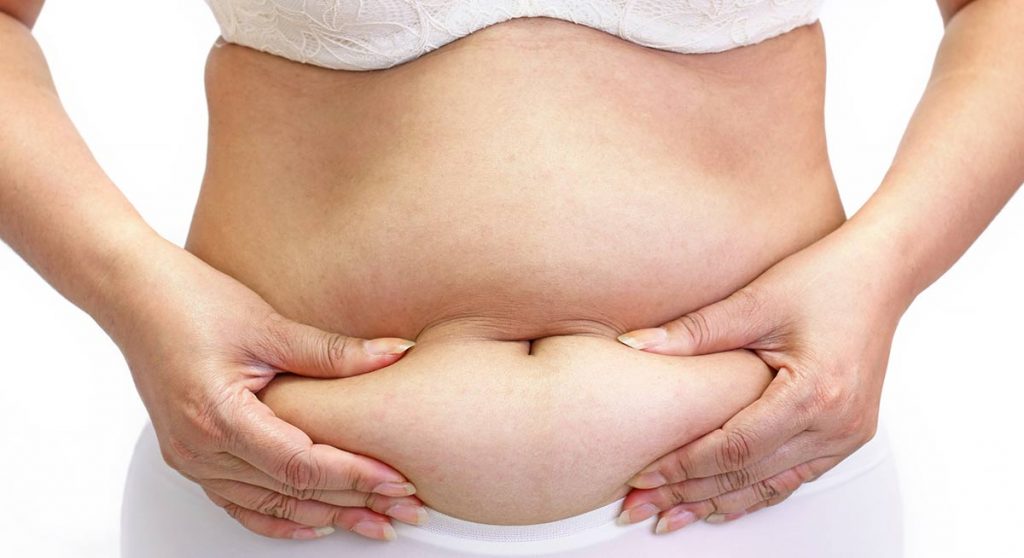
In both men and women, the stomach part of the body has been a common issue area for abdominal liposuction treatment. Weight boost might be figured out foremost not only by the figures seen on the weighing scale but also usually by the line count on the tape-measured midsection. Furthermore, numerous aspects add to the possible achievement of abdominal liposuction.
Who may undergo Abdominal Liposuction
One function that needs to be thought about is the age and the gender of the patient. Frequently, the fat cells in the abdomen accumulate more fats as a person ages when his metabolism begins to decrease. Age and sex also affects the overall advancement of the adolescent’s body in puberty (one limitation of liposuction is that it never ever carries out the approach to minors). When it pertains to gender, ladies go through hormonal changes since the beginning of menstruation and throughout menopause, and tend to experience major changes in her body specifically in the pelvic and stomach locations. Yet the fat deposits of females tend to be softer and less fibrous compared to that of men thus much easier to suction out. The 3rd aspect to be considered is the women’ childbearing and modification of the reproductive organs record.
Women who go through abdominal liposuction will be ensured that the fats acquired because of pregnancy or due to an obvious effect of caesarian or litigation (or hysterectomy) treatments will be quickly eliminated and might no longer require extra surgeries like abdomenoplasty or tummy tuck. Previous history of weight gain and weight loss (or prior weight problems) is another element that impacts abdominal liposuction. Regular adaptive changes in the abdominal area might make the fats much more persistent for stomach liposuction. The place of the stomach fats may likewise provide differing outcomes. The upper abdominal parts do not typically store more fats as the lower abdomen does. Still, it requires more attention considering that insufficient liposuction of the upper belly might even expand the client’s midriff. Stomach fats may also be located near the surface of the skin and above the muscles (superficial abdominal fats) or method deep down the digestive tract region (deep digestive fats). This is another challenging problem of liposuction given that it is exceptionally harmful to operate on fatty cells near a client’s intestines, just as in any other fatty areas of the body surrounding an internal organ (breasts).
Patients might also know that the recovery time from stomach liposuction could take longer (up to three months) than liposuction of other body parts. However, surgical treatment of the stomach gives priority to the liposuction process, which might then just be followed up by other procedures such as tummy tucking (ideally traditional tummy tuck) or a skin excision surgical treatment.
Women who undergo stomach liposuction will be ensured that the fats acquired because of pregnancy or due to an obvious effect of caesarian or lawsuits (or hysterectomy) procedures will be easily gotten rid of and might no longer require extra surgical treatments like abdomenoplasty or stomach tuck. Regular adaptive modifications in the abdominal section may make the fatty tissues even more persistent for abdominal liposuction. Stomach fats might likewise be located near the surface of the skin and above the muscles (superficial abdominal fats) or method deep down the digestive tract area (deep intestinal tract fats).